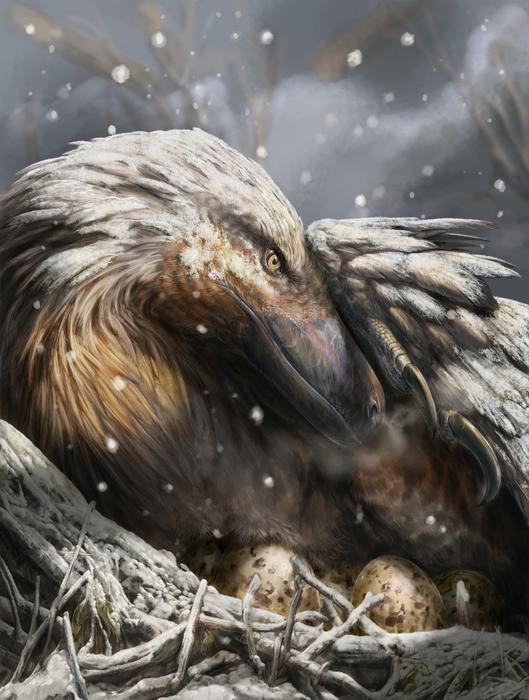Dinosaur Migration Hints at Shifts Toward Warm-Bloodedness
Posted on Categories Discover Magazine

Some dinosaurs may have been essentially warm-blooded, which contradicts how we once thought of the ancient creatures, according to a new study in Current Biology.
“Up until the ‘70s, dinos were considered cold-blooded reptiles — basically over-grown crocs,” says Alfio Alessandro Chiarenza, an author of the study and a researcher at University College London (UCL).
That conception has shifted some in the past decade, when researchers discovered that some dinosaur skeletal features more resembled birds than reptiles, and that some also may have sported feathers or feather-like structures.
The Climate and Dinosaur Evolution
The new study examined how climate may have affected dinosaur evolution. The research team mapped about 1,000 fossils from the Mesozoic Era (230 million years to 66 million years ago). Then they applied climate, geography, and evolutionary data.
They found that two of the three main groups of dinosaurs moved to colder parts of the planet during the Early Jurassic. That migration suggests that some dinos may have developed the ability to generate body heat, unlike their cold-blooded cousins, whose internal temps were subjected to the whims of weather.
Theropods — speedy hunters like T. rex and Velociraptor, relocated. So did ornithischians (grazing dinos with hip structures resembling birds), including relatives of the plant eaters Stegosaurus and Triceratops. But sauropods — long-necked lumbering creatures like Brontosaurus and the Diplodocus — kept to warmer climes.
Read More: 470 Million-Year-Old Fossils Convey Prehistoric Climate History
The Jenkyns Event
A geological phenomenon called the Jenkyns Event might have triggered the exodus. It marked a high level of volcanic activity around 183 million years ago, when lava and gases erupted from cracks in the Earth.
“One of the things that surprised me most was that we detected the transition to warm-bloodedness matched to when this time when there was lots of volcanic activity,” says Chiarenza. “We wondered if this geological crisis that was not very well known had a tangible impact on dinosaur evolution.”
Chiarenza says it is difficult to pinpoint exactly how and when some dinos became warm-blooded — and perhaps begat many bird species — because the fossil record doesn’t preserve the biochemical and cellular evidence necessary to make that jump.
But the partial migration suggests that dinosaurs are, indeed more than just ancient overgrown crocodiles.
“Dinosaurs were incredibly diverse — not just in terms of shape and size — but in terms of biology,” says Chiarenza. “There are still aspects of dinosaurs that we don’t fully appreciate.”
Read More: The End of the Dinosaurs: What Was the End-Cretaceous Mass Extinction?
Article Sources
Our writers at Discovermagazine.com use peer-reviewed studies and high-quality sources for our articles, and our editors review for scientific accuracy and editorial standards. Review the sources used below for this article:
Before joining Discover Magazine, Paul spent over 20 years as a science journalist, specializing in U.S. life science policy and global scientific career issues. He began his career in newspapers, but switched to scientific magazines. His work has appeared in publications including Science News, Science, Nature, and Scientific American.